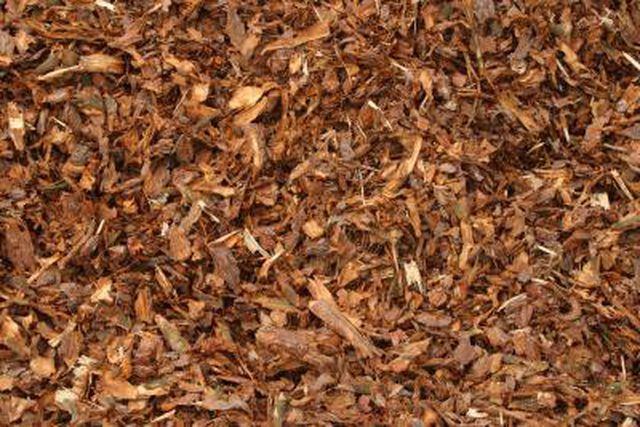Bulbs
Flower Basics
Flower Beds & Specialty Gardens
Flower Garden
Garden Furniture
Garden Gnomes
Garden Seeds
Garden Sheds
Garden Statues
Garden Tools & Supplies
Gardening Basics
Green & Organic
Groundcovers & Vines
Growing Annuals
Growing Basil
Growing Beans
Growing Berries
Growing Blueberries
Growing Cactus
Growing Corn
Growing Cotton
Growing Edibles
Growing Flowers
Growing Garlic
Growing Grapes
Growing Grass
Growing Herbs
Growing Jasmine
Growing Mint
Growing Mushrooms
Orchids
Growing Peanuts
Growing Perennials
Growing Plants
Growing Rosemary
Growing Roses
Growing Strawberries
Growing Sunflowers
Growing Thyme
Growing Tomatoes
Growing Tulips
Growing Vegetables
Herb Basics
Herb Garden
Indoor Growing
Landscaping Basics
Landscaping Patios
Landscaping Plants
Landscaping Shrubs
Landscaping Trees
Landscaping Walks & Pathways
Lawn Basics
Lawn Maintenance
Lawn Mowers
Lawn Ornaments
Lawn Planting
Lawn Tools
Outdoor Growing
Overall Landscape Planning
Pests, Weeds & Problems
Plant Basics
Rock Garden
Rose Garden
Shrubs
Soil
Specialty Gardens
Trees
Vegetable Garden
Yard Maintenance
What Are the Dangers of Red Mulch?
What Are the Dangers of Red Mulch?. Contrary to popular belief, any danger that may be present from using red mulch comes from the material from which the mulch is made, not from the dye itself. The danger is not related to the red coloring in any way.

Contrary to popular belief, any danger that may be present from using red mulch comes from the material from which the mulch is made, not from the dye itself. The danger is not related to the red coloring in any way.
Wood Mulch Contaminant
Red wood mulch made of recycled wood from industrial and construction sites may contain Chrominated Copper Arsenate (CCA). CCA, a chemical treatment banned from use in consumer products, has been found in recycled wood mulch due to improper testing and illegal recycling. CCA leaches arsenic, which is poisonous and potentially deadly to animals and humans, into soil and groundwater.
Dye Ingredients
Red wood mulch is most commonly dyed with iron oxide, which the Hinkley Center for Solid and Hazardous Waste Management showed actually impedes the leaching of arsenic from CCA-treated wood into the soil. Iron oxide is not harmful to plants, pets or humans.
Rubber Mulch
The United States Environmental Protection Agency has researched contaminant leaching from rubber mulch--the results were inconclusive, showing elevated (but within normal range) levels of certain contaminants, and normal levels of others. More research is needed. Again, the red color in particular has no adverse effect.
Plastic Mulch
Red plastic mulch poses no particular harm to plants, animals or humans, but like rubber mulch and unlike wood, bark or other organic mulches, it does not fertilize or contribute organic material to the soil.
Solutions
To avoid CCA, choose red mulches made from recycled wood certified by the Mulch and Soil Council (an industrial association that tests for CCA), virgin wood or non-wood products. If using red plastic or rubber mulch, consider the plant and human health issues and use organic fertilizer or compost as well.